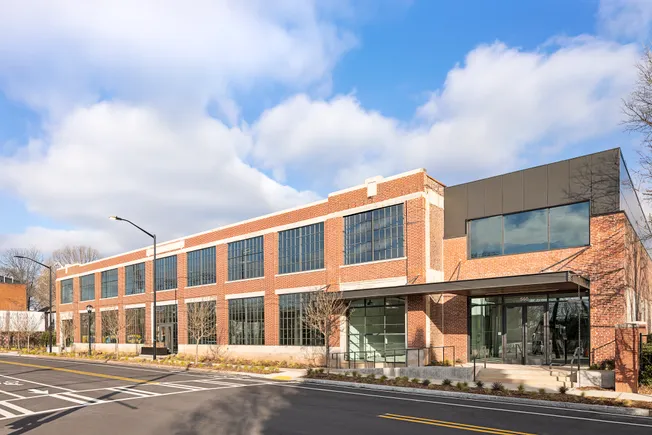Momentum.
That was the word Leo Quinn, the CEO of London-based construction giant Balfour Beatty, said should be top of mind when evaluating his firm’s performance.
“What we’re seeing is real momentum in terms of earnings growth, in terms of bookings growth and in terms of shareholder returns,” Quinn told investors during the company’s first-half earnings call on Aug. 14. That uptick comes after its pre-tax profits dipped last year during both its half-year and full-year results.
In the first half of 2024, Balfour Beatty reported a rise in pre-tax profit year over year to 112 million pounds ($144 million), a 36% increase from the first half of 2023’s 82 million pounds.
In addition, the company said its revenue grew to 4.7 billion pounds, a 3% increase from 2023’s 4.5 billion. Backlog also rose to 16.6 billion pounds, up marginally from the prior year’s 16.5 billion pounds.
Philip Harrison, the firm’s CFO, noted that profit from operations in the U.S. building segment fell from 21 million pounds to 18 million pounds year over year, a 14% decrease. The company predicted the dip in its year-end update in December, and Harrison blamed the drop on a small number of projects in its civils portfolio that were impacted by delays.
“As you know, the risk profile of civils work in the U.S. is higher than that in buildings and therefore we continue to focus on a narrower scope of projects in civils that we believe can deliver attractive, sustainable returns,” Harrison said.
Across the U.S., recent Balfour Beatty projects include:
U.K. power infrastructure
Throughout the next decade, Quinn said the company is keeping a keen eye on energy infrastructure in the U.K.
Quinn noted that the British Labour party, which won control of the U.K. Parliament after the country’s July elections, is eyeing economic growth through the pipeline of energy infrastructure.
“The fact of the matter is low-cost energy is going to empower the next industrial revolution, whether it be data centers or AI,” Quinn said.
Quinn claimed that the company has the largest resource for power, power transmission and cabling in the U.K., alongside what he called “major activity” with both National Grid and SSEN, two U.K. power companies.
Quinn said Balfour Beatty was in an early contractor involvement arrangement with SSEN to the tune of 1 billion pounds worth of transmission work in Scotland and the Isle of Skye. Another 1 billion pounds of work could come from jobs from Inveraray to Peterhead, two towns on opposite sides of Scotland.
Going forward, Quinn also referenced a National Grid study called “Beyond 2030” that predicted 58 billion pounds’ worth of work would be needed to prepare the U.K. for growing and decarbonizing electricity demand by the end of the decade.
“And if you think that’s interesting, when you get to 2030 and to 2035, it’s going to be the Wild West,” Quinn said. “The amount of stuff that’s going on is going to be mind-boggling.”

